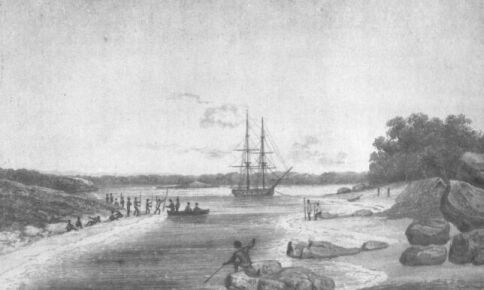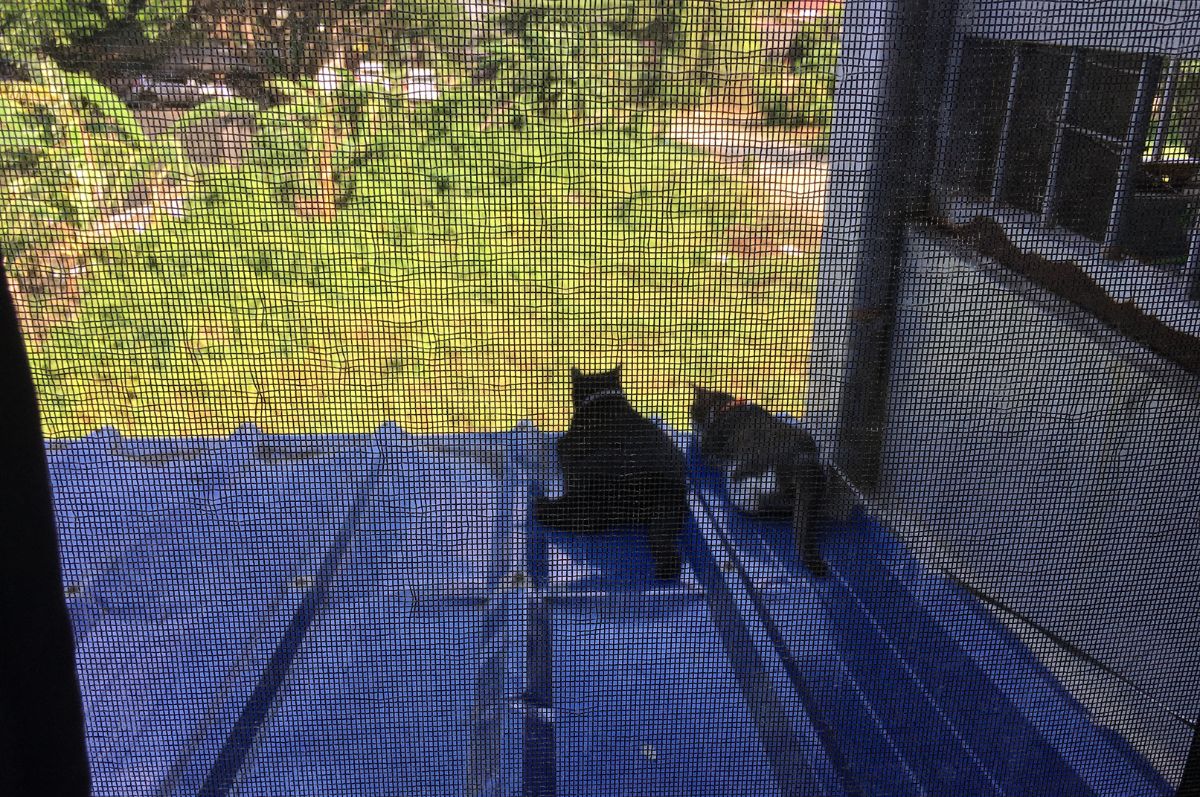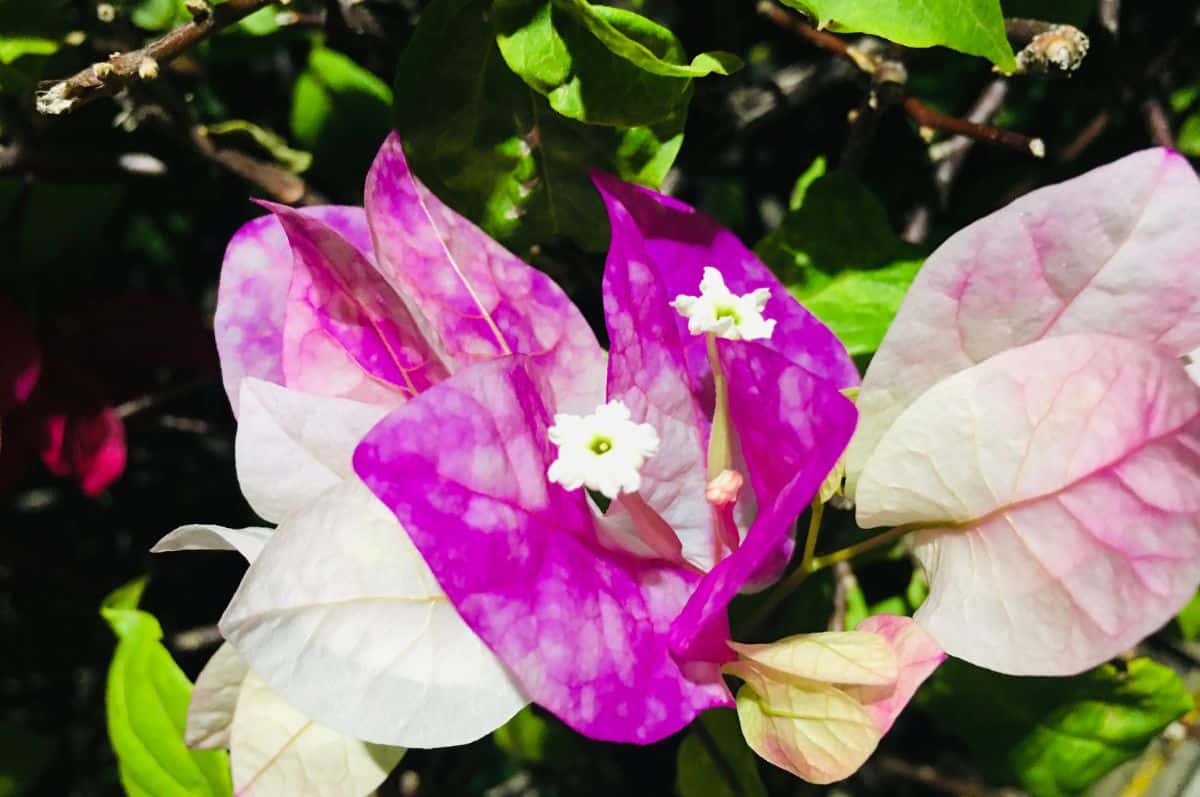Your cart is currently empty!
They come for the land
Washed up by the sea
Raising their hand
The human disease
What in the world?
Wanting the world
They come for the land
And now they take me …
They come for the land
Nothing returned
Everything taken
Everything burned
What in the world?
Wanting the world
They come for the land
But what’s left for me?
They come for the land
They come for control
They come for your body
And leave with your soul
What in the world?
Wanting the world
They come for the land
And what’s left of me?
They come for your body
And leave with your soul
They come for your body
And leave with your soul
© 2017 Melinda J. Irvine
- Daily Prompt: Traditional
- I’m part of Post A Day 2017
This verse is actually based on a song I began writing in 2012 while sitting on the shoreline at the Aboriginal village of Yarrabah in Far-north Queensland. Though (at the time) I didn’t know anything at about the history of that place or the local indigenous peoples, as I began to strum my guitar two phrases kept repeating themselves over and over in my head …
‘they come for the land, and now they take me”
“they come for your body, and leave with your soul”
In recognition of the International Day of the World’s Indigenous Peoples 2017, I worked today on finishing the song, naming it Yarrabah. Please note that although the song itself is fictitious, it is a collective representation of the brutal and inhumane treatment of Australian Traditional Owners across Australia generally since the arrival of the European settlers.
Despite all we have learned, Indigenous peoples the world over continue to be marginalised and murdered for their lands.
Yarrabah Community History [extract]
“In 1851 Captain Phillip Parker King sailed the Mermaid between Cape Grafton and Fitzroy Island (located just to the south-east of Cape Grafton). King described seeing a group of Aboriginal people on the beach who ‘…arose and brandish’d their Wammarahs (Woomeras)’ in acknowledgement of the ship’.”
“In 1873, the government employed George Dalrymple to lead a land-based exploration of Queensland’s north-east coast. Accompanied by the Native Police, the party explored the Mulgrave and Russell River areas, before travelling north to explore the Bellenden Ker Ranges, Fitzroy Island, Cape Grafton and Trinity Bay. From their camp at the future site of Mission Bay, they reported seeing many Gunggandji camp fires burning in the nearby hills. Dalrymple’s subsequent report to Parliament declared the ‘… the whole of the valuable agricultural coast country is free from vested interests injurious to its rapid development, and is now open to public selection’.”
“During a sweep of the Yungaburra district near Cairns in 1884, Yidindji people were killed at Skull Pocket, along the Mulgrave River and at Woree. One of the raiders later recalled, ‘(t)hey were easy running shots, close up. The Native Police rushed in with their scrub knives and killed off the children’.”
Illustration Source:
ENTRANCE OF OYSTER HARBOUR, KING GEORGE THE THIRD’S SOUND.
Interview with the Natives. From a sketch by P.P. King. Published in May 1825 by John Murray, London.
http://www.gutenberg.org/files/12046/12046-h/12046-h.htm#chapter01
Discover more from Melinda J. Irvine
Subscribe to get the latest posts to your email.






2 responses to “Yarrabah”
How incredibly sad, but as you said has been the pattern all over the world for all of history.
thanks for stopping by and reading my poem. yes sadly it is part of our human history but one that we can change.